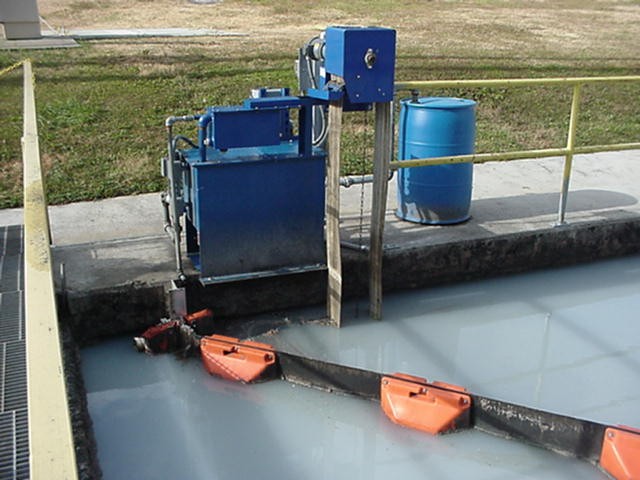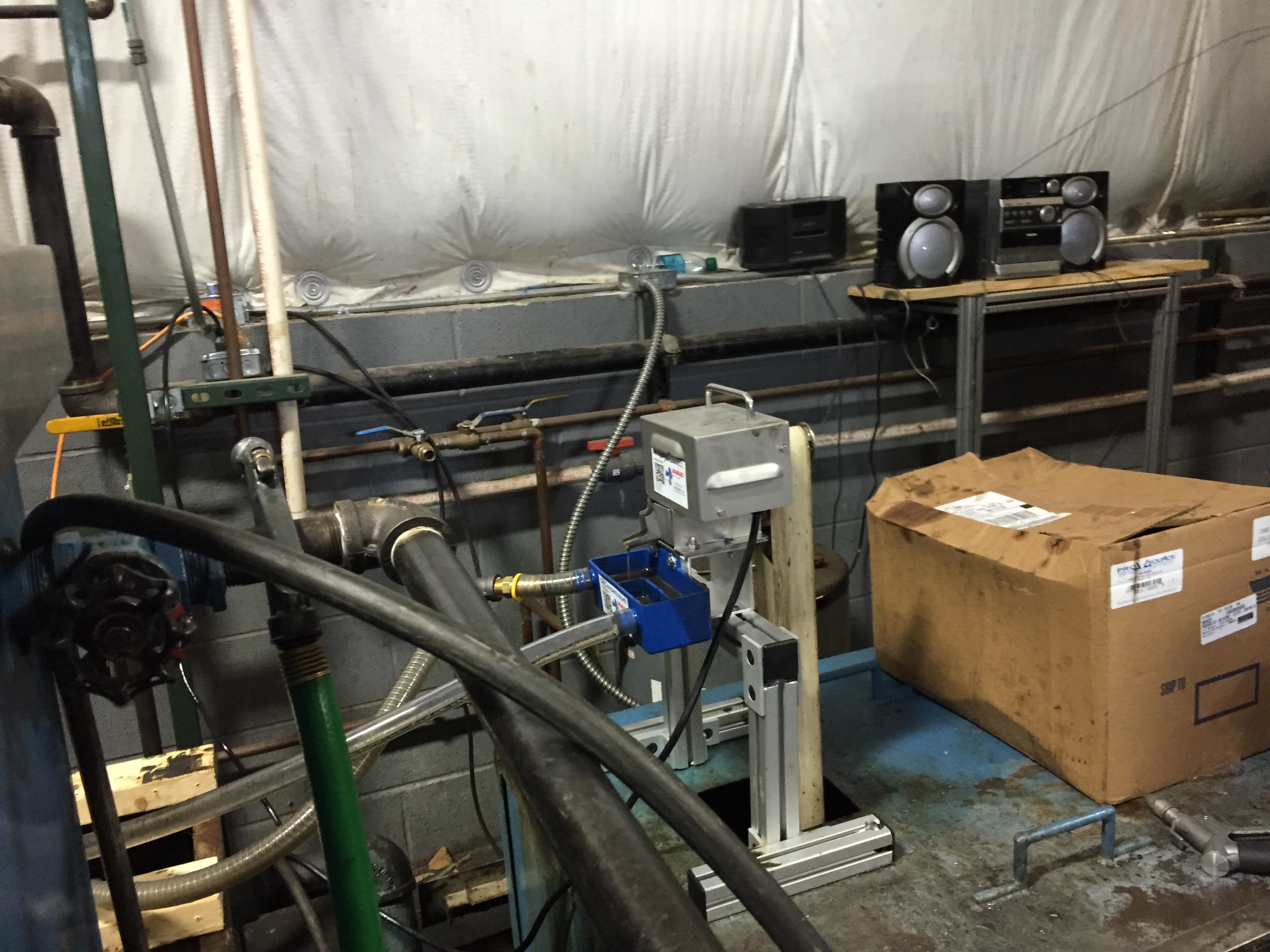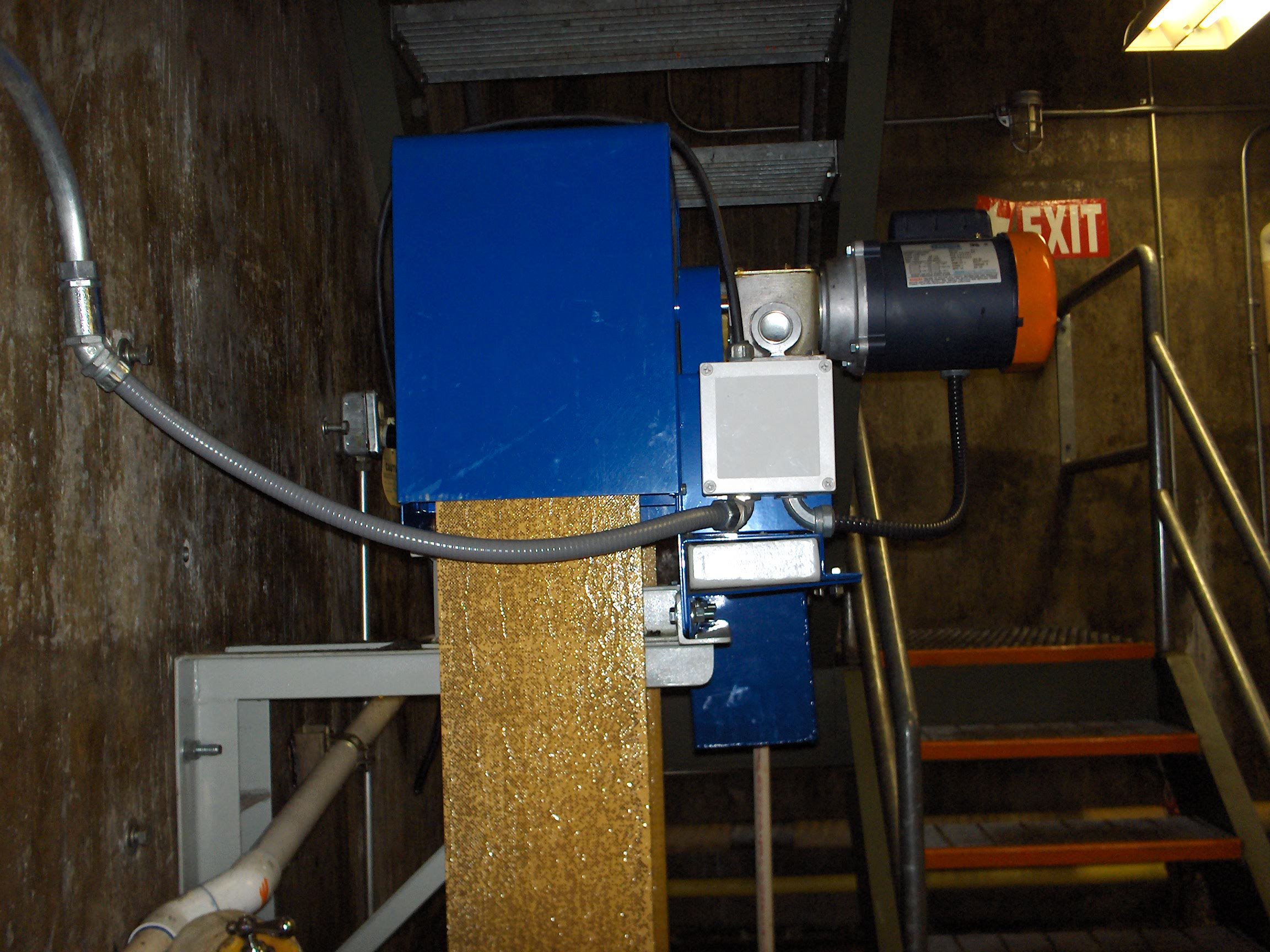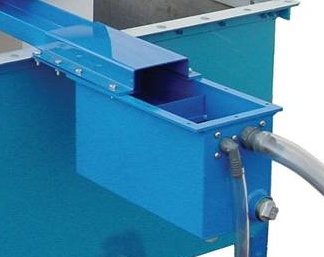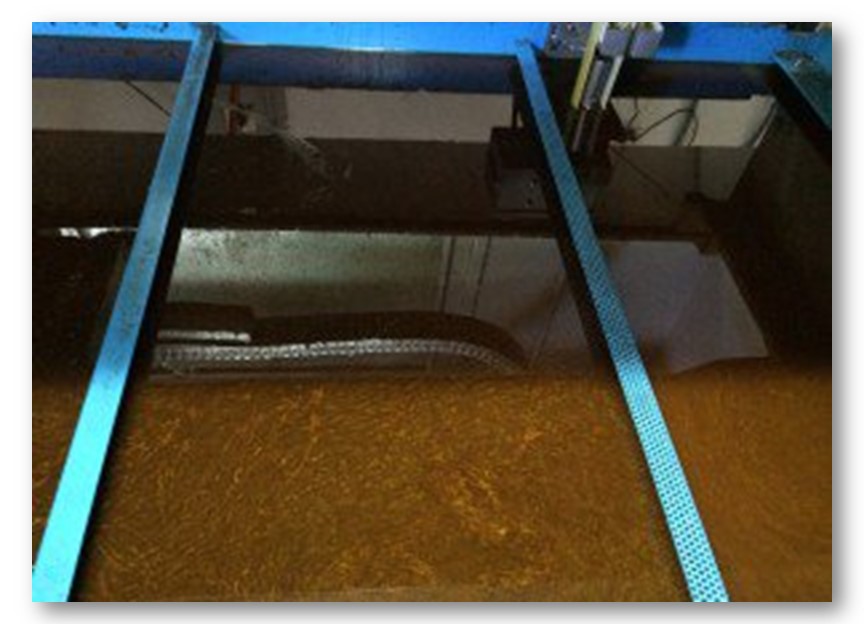Coolant maintenance should always be a top priority in shops. Dirty machine coolant can cause a multitude of problems for manufacturing facilities and CNC machines. Not using clean coolant can cause health issues in the workplace, reduce the life of the equipment used, and can significantly slow a process down.
All of these factors lead to loss in production which leads to loss in profit for companies. And while recycling steel, aluminum, paper, and glass is readily accessible, recycling coolant is not. Additionally, the cost of recycling used coolant can be very expensive.
Is Coolant Maintenance necessary
Companies look for effective ways to remove oil from water or coolant to reduce costs and the liability of proper disposal. Another reason for removing the oil is a better work environment. Letting oil remain in the coolant tank allows anaerobic bacteria to grow. Anaerobic bacteria break down the components of coolant, causing it to need changing more frequently. Oil-laden coolant with a high anaerobic bacteria content has two other drawbacks as well.
The first drawback is an unpleasant odor caused by the bacteria. The second drawback the smoke generated from the oil-laden coolant coming in contact with the operating cutting tool. One of the easiest ways to remove hydrocarbons from water or coolant is by using a belt oil skimmer. It is a low maintenance, easy to use tool for removing oil from water or coolant.
Coolant Maintenance Solutions
There are a wide range of coolant maintenance products including oil skimmers to help keep your coolant fresh and extend its life. Does your shop smell like rotten eggs? Has the quality of your products been compromised? If so, you probably have dirty coolant to blame.
From belt oil skimmers to tube skimmers and coolescers, having the right tools and products can make keeping your coolant working properly a breeze. Putting the proper oil skimmer on your machine will cut down on the way lube and floating oils are left in your tank.
These oil skimmer units do a great job of removing the oil from your machine coolant tanks, leaving you fresh coolant to run quality production parts. There are also other products that can help in your quest, items like oil eating microbes, coolescers, and coolant deodorizers can all be added to your maintenance plan along with an oil skimmer so you can rest assured you are getting every dollar worth of your machine coolant life.
Abanaki is Here to Help
There are a multitude of oil skimmers on the market today. One of the most important things to be considered is the quality of the unit to be purchased. Points of interest should include construction materials, motor design, and the type of warranty that is offered. Is the skimmer housing made of metal or plastic? Is the motor fan-cooled? Does the motor use needle bearings or bronze bearings? How long does the warranty last and what does it cover? Most oil skimmers will perform as advertised, but remember the old adage that “you get what you pay for”.
Learn more about the cost-effective oil skimming solutions Abanaki offers by visiting www.abanaki.com. Our website offers a wide range of product info, video tutorials, detailed handbooks, and more. To speak to a representative call (440) 543-7400.
How to Successfully Implement Oil Skimmers


.jpg)
